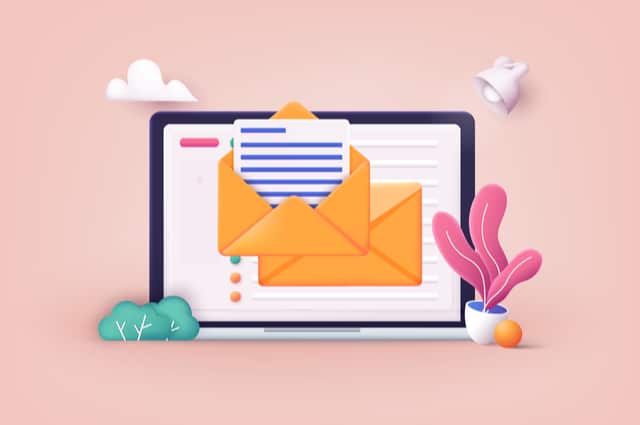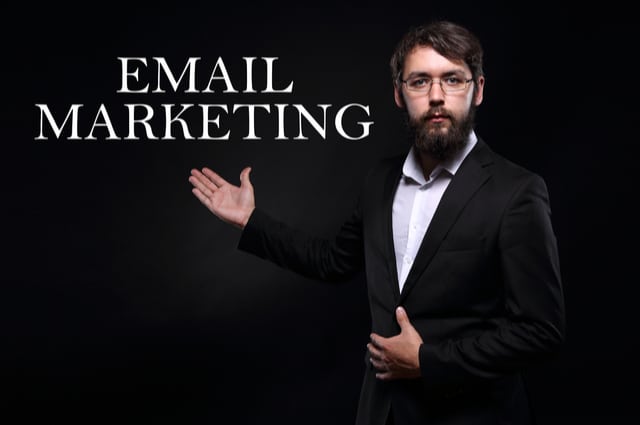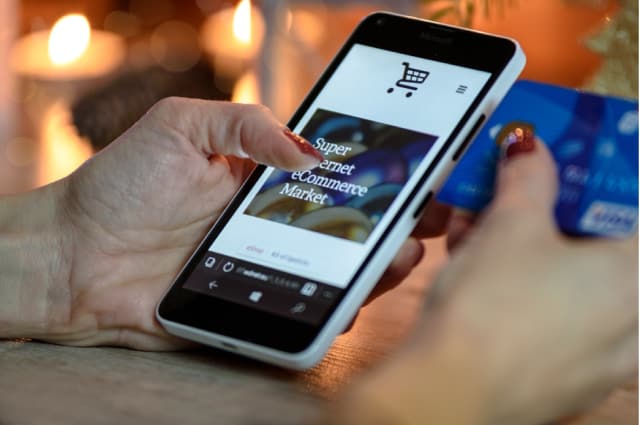Effectivity – 16 Ways to actually improve the value of email marketing campaigns
The secret to today’s business environment is to entice clients and customers to do business with you. If you run email marketing campaigns, you may also need to analyze its effectivity to take it further. So, what exactly would you do?
Whether you’re trying to re-engage customers after a global pandemic or increase your market during “regular” business hours, staying in touch with your customers is critical.
What are the most effective methods for attracting visitors to your company’s website, hotel, retail, workplace, or other location? The explanation is obvious: it’s marketing. However, marketing is not an easy task.
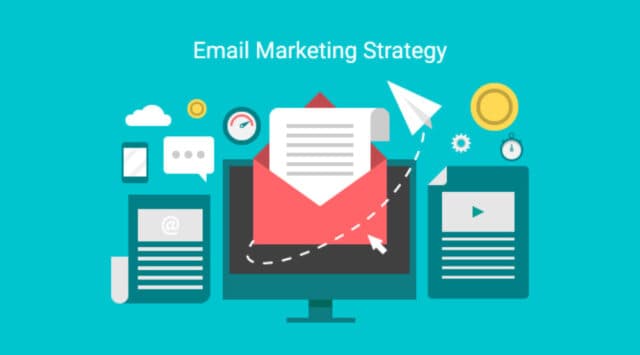
A complete marketing strategy entails a diverse set of techniques, methods, and procedures, all of which are constantly evolving.
It may be challenging to come up with an effective plan for your new business. One marketing method has stayed prominent in order to help simplify the process: Email Newsletters!
Email newsletters are among the most effective digital marketing tools for promoting your company. They enable you to engage with your customers in a customized manner and provide the correct message at the right moment.
Email newsletters can include a wide variety of content. Some are used to publicize products, services, or events. Others create a sense of community among their members or provide ideas and counsel.
While your CTA may change depending on the campaign, the goal remains the same: to engage your customers.
Email marketing is a low-cost option
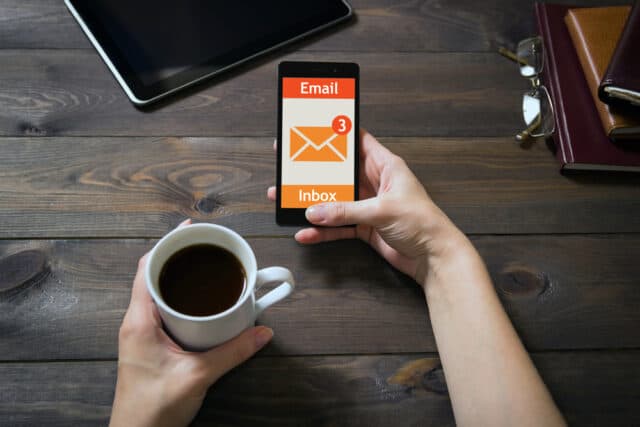
No, seriously. It is relatively cost-effective. You may interact with customers for cents per message via email marketing.
Several entrepreneurs have a limited budget and must come up with innovative ways to squeeze every dollar.
Email marketing requires a small upfront expenditure and is generally inexpensive to continue over time. This is the cherry on top.
The reality is that email marketing is much more effective in reaching your target audience than almost any other sort of marketing communication. It can be done at a fraction of the cost of alternatives.
It simply takes a bit of time and effort; however, the procedure can easily be outsourced.
Effectivity: What is the efficacy of email marketing?

Very. Almost 79 percent of those polled believe it is “vital” or “critical” for their firms.
Despite the importance of email marketing, only 60% of entrepreneurs consider their specific email marketing strategies to be “effective” or “successful.”
In contrast, 26% feel it’s “inefficient” or “very unproductive.”
“Personalized, targeted, and written with the customers’ aims and objections in mind,” as per effective email techniques.
What factors are you using to judge whether or not something is a success?
Email newsletters have a much higher percentage of interaction than other methods of digital marketing. Did you notice that email marketing converts at a higher rate than search and social media?
Without defining the requirements you want to evaluate, you won’t determine how successful your email marketing is. The 2 most common indicators for small businesses are engagement and click-through rates:
Engagement Rates
On average, 65 percent of small businesses have open rates between 11 and 50 percent. The percentage rate at which emails are opened is measured by the open rate, which is an email marketing indicator.
Click-through Rates
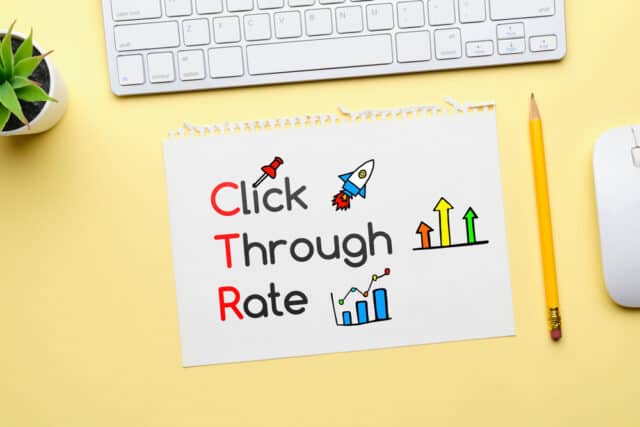
The ratio of users who click on a single link to the overall number of users that visit a website, email, or advertising is known as the click-through rate. It is often used to assess the efficiency of email marketing as well as the performance of an online advertising campaign for a specific website.
Several small businesses, as per the survey, need to improve their click-through rates. 77 percent of small businesses have normal mail click-through rates between zero and ten percent.
The most significant point is that you shouldn’t be generating more emails that don’t function while sending fewer emails that do—and the correct approach to figure that out is to “Test, test, test!”
But as the author and CEO of “I Will Teach You to Be Rich,” Ramit Sethi says, don’t worry much about how frequently you send emails. Sethi feels that content, not frequency, is the most significant component in email effectiveness. “Pay close attention to your open and unsubscribe rates to determine your success,” Sethi advises.
How to Make More Engaging Newsletters

While email newsletters may be practical engagement tools, building one that is genuinely remarkable requires more than just delivering a few lines of text every week or so. In this article, we’ll show you how and where to focus on a newsletter and retain your subscribers by clicking “open.”
Newsletters are only helpful if they are well-designed and performed flawlessly, which is easier said than done.
Some marketers believe that sending out interesting newsletters is a simple way to kill several birds with one stone. However, we’ve all seen instances of newsletters that attempt to do too much. Your email loses its focus when product announcements are squeezed between blog entries and odd special offers.
A well-designed newsletter is a potent marketing tool that may help educate and persuade your clients and prospects to work with you. They create credibility and reputation in the sector while also educating readers about new goods and company announcements that could be of relevance to them, keeping your brand in front of customers’ minds.
So, perhaps you’re new to the idea of sending newsletters, or maybe you’ve been sending newsletters for a while and have seen that your readership isn’t really interested. This is why it’s critical to send out newsletters that have the correct elements.
All engaging newsletters include three crucial features.

Consider a recent email newsletter that you truly read from beginning to end. What compelled you to read it?
There have to be 3 things at the same time:
Relevant – it is directly related to the reader’s industry, interests, and areas of concern.
Interesting – It entertains, informs, or delights the reader when it is interesting.
Valuable – It is significant because it educates or delivers something beneficial to the reader.
You’ll need to determine your mailing approach first before you do anything else. Setting objectives, defining your target audience, and choosing the design aesthetic of your newsletter are all part of this process.
Your newsletter won’t attract a constant and exciting readership if it lacks these traits.
Engaging your Viewers
Email marketing helps you provide relevant communications to your audience without them having to look for you. It’s a valuable tool for advertising, notifications, and establishing direct contact between customers and businesses.
There are a wealth of possibilities for engaging and capturing your visitors in today’s digital world.
You can increase brand exposure, attract new customers, and transform them into paying customers by incentivizing your viewers to watch, participate with, and share your video.
It’s four times more effective than Twitter and perhaps three times more productive than Facebook. The following are 16 points to consider in order to get the most out of your email campaigns.
1. Decide what you want to concentrate on
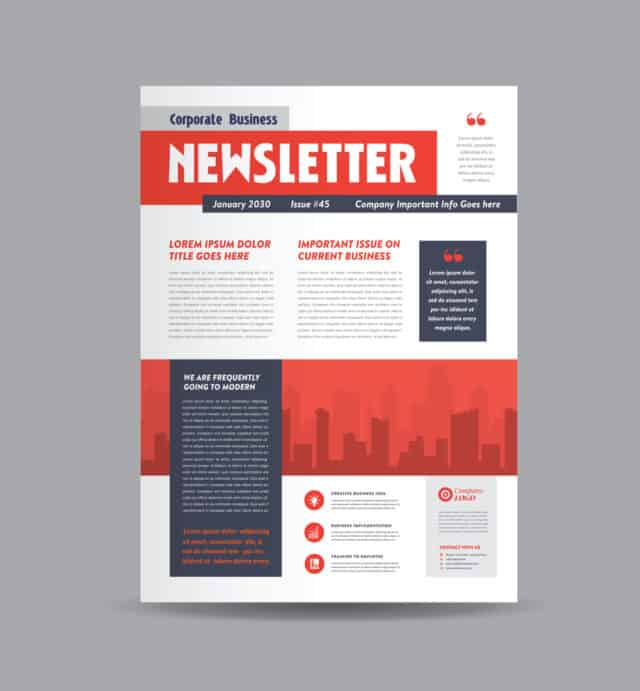
The content of your newsletter will determine how interesting it is. However, deciding what type to make and what material to include is the most challenging aspect.
Understanding your audience can assist you in finding out who you’re writing to. To develop content that is relevant to your audience, try to obtain a clear sense of what they are interested in, what sectors they work in, and what issues they care about.
Testing several versions of your email is one approach to discovering what to focus on. Conduct a poll to learn what your current subscribers want from your newsletters. Stick to your focus after you’ve decided on it so your readers know what to anticipate every time.
2. Keep it basic and memorable
Since your readers will spend less time viewing a newsletter than a blog post or a case report, they must understand the purpose of the newsletter as soon as they receive it. Make the content basic and plain.
The readability of engaging newsletters is dependent on their simplicity. However, you may also catch your readers’ attention by writing concisely, making for a quick read.
3. Include third-party material in your mailings to make them more attractive
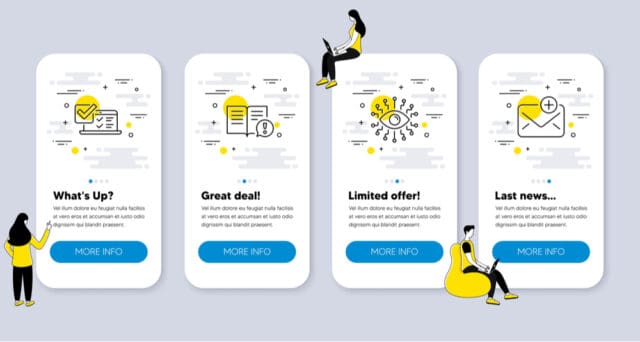
Your newsletter does not have to be only about your business. Using content from industry thought leaders and influencers to link your business with expertise is an intelligent approach to doing so.
To make your newsletters more interesting, include quotations, tweets, or links to material from your partners or favorite businesses.
“Look for other people or businesses who operate newsletters with an identical target demographic and reach out to them to advertise your newsletter,” suggests Cayleigh Parrish. “You may reciprocate by advertising their business in your own email if your readership is large enough.”
4. Include user-generated content
Another strategy to improve the engagement of your email is to shift the spotlight away from your company and toward your customers, audience, and even workers.
Consider adding information from your community, such as comments, highlights of intriguing product applications, or responses to commonly asked questions on social media.
5. Connect to current events or hot issues
You may wish to link your material to popular themes or events, depending on the nature of your newsletter.
Marketers are frequently interested in staying up to date on current trends, so providing your own perspective on them may be an effective approach to get your company into the debate.
6. Excite your fan base

Social networking is a fantastic way to get people enthused about something. Have some exciting news or exclusive stuff to include in your next newsletter? Share a little piece on social media to generate interest.
Make the most of the many formats that are accessible to you. For photos and gifs, you may use Twitter & Facebook and Instagram Stories for live-action. Discuss what your readers expect from your future newsletter and why they must subscribe. Remember to add a call to action!
7. Maintain consistency while offering something distinctive
Your email should provide something unique to your readers that they can’t acquire from any of your other platforms.
Create something distinct from the rest of your material and other marketing mailings. So make an effort to devote a significant amount of time to polishing the tone and style and making it one-of-a-kind.
8. Make Use Of Creative And Relevant Headlines and Subject Lines
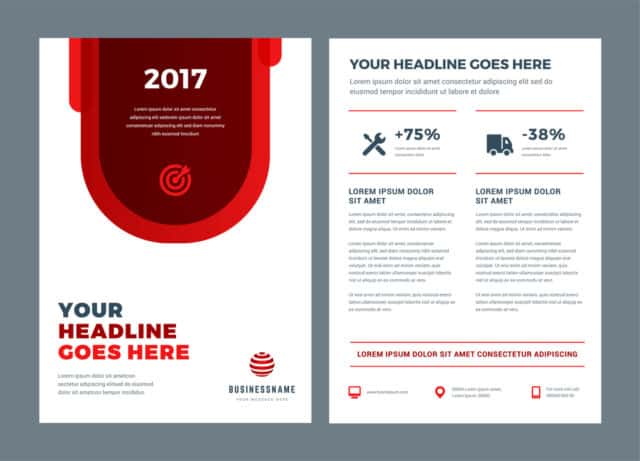
A newsletter (or any message) will only have an audience if it communicates directly to them. Your audience is more likely to open the newsletter if the subject line or headline is humorous and appropriate.
Demonstrate respect for your audience’s time, including the time it will take to read that newsletter or article.
The subject lines of emails are similar to first impressions. They pique your readers’ interest, resulting in a better open rate, and they establish trust with them. The subject line of your newsletter should tell readers what to anticipate when they open it.
Don’t use tempting subject lines that have nothing to do with the content to get readers to open your newsletter. You will lose the trust and credibility of your readers.
Do you have a few different subject line options but are unsure which to use?
Make sure to test your subject lines with a small fraction of your audience utilizing an A/B split test. Whichever one performs best, use it for the rest of your email list to achieve the highest open rate.
9. Don’t Sell Too Much
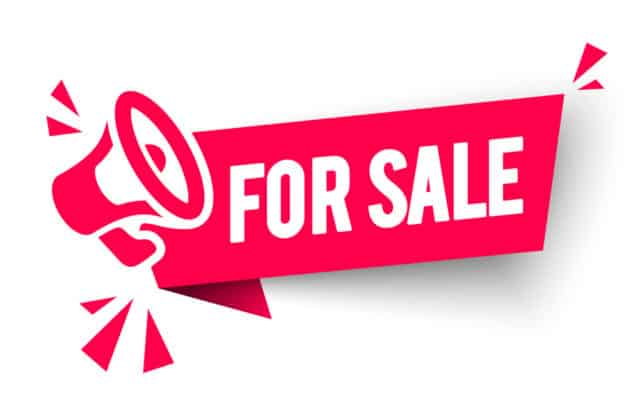
People usually subscribe to a newsletter in order to receive valuable information and ideas that they can apply at business or in their personal lives.
Consumers are far better at deciphering whether you’re trying to add value or sell your goods or services by reading between the lines. As a result, it’s critical to strike the right balance and provide them with high-quality information.
10. Make Use of Blog Post & Outside content
It’s tempting to fill your email entirely with corporate news, but no one wants to hear you brag all the time.
Instead, go against the grain and include content from outside your organization that might be valuable to your client. Perhaps it aligns with their beliefs or offers insight into the future of their sector. This implies that you are concerned about them as well as yourself.
11. Keep it brief, genuine, and actionable
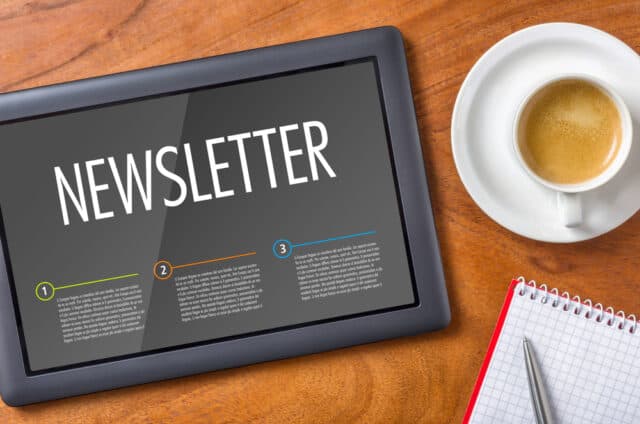
It’s no surprise that as digital channels proliferate, our patience is dwindling. Wherever we look, we’re assaulted with messages. Your newsletter must be short, authentic, and actionable in order to captivate readers.
Videos are an effective means of delivering content fast. Indicate the length of the video upfront, as viewers are more inclined to engage if they know it won’t take long to learn something useful.
12. Concentrate on delivering value
You’re generating newsletters because you don’t want to lose your brand’s top-of-mind position. Good content marketing aims to assist, rather than sell, and to keep your readers interested by presenting them with fascinating issues. This type of material is best described as being conceptually related to your sector but not about you or your company.
Also, remember to keep things brief and exciting. We’re all used to being on the go, as are most of our readers, thanks to the rapid evolution of technology. The more specific and relevant your material is, the less likely it is that your readers will discard it.
Simply put, provide value. The secret to advertising and sales is to give out free content that your customers care about.
Give so much that people begin to see you as a trustworthy advisor and subject matter expert in your profession.
When you get to that stage, you won’t need to sell anything since your audience will naturally want to know what you would prescribe to repair or better their problem.
13. Seek feedback and include it in the newsletter
Make emails a two-way communication tool rather than a one-way communication tool. Incorporate surveys, publish the findings, or solicit comments and post them in the newsletter.
By including material from your subscribers, you enable them to become active contributors to the newsletter’s creation, increasing their likelihood of engagement.
14. Templates that are visually appealing
Based on the color of the content, your email should reflect you and your brand. Consistency is crucial, which means your logo, contact information, and other features should always be in the same position so that your subscribers can simply find and pay attention to your content.
In creating a highly readable and engaging newsletter, it’s also critical that the formatting works for all device types and that you leave plenty of areas for your design elements.
15. Call to Action (CTA)

Every email message should conclude with a clear call to action — the next step you want your subscribers to do, as well as a single message you want everyone who gets the newsletter to remember. Then work backward to create a newsletter that achieves these two objectives.
In addition to a clear message, include a link or a button to make it much easier for them to perform the action immediately.
16. Satisfying Experience
Utilizing a newsletter to begin the interaction is a free and simple method to keep your consumers informed about changing shopping experiences, working hours, shipping options, the latest inventory, discounts, and more.
When a consumer signs up for your newsletter, they automatically become your best brand advocates. Not only are the individuals on your list most likely to recommend you to others, but you also don’t have to spend time convincing them of your worth. You must, however, develop and cherish them by providing opportunities and services.
Is the length of the list significant?
Most small company owners (43 percent) have email lists of between 0 and 500 subscribers. A little more than a third of small firms have between 1,000 and 9,999 email subscribers, and just around 7% have more than 50,000.
Is the size of your mailing list a factor in its effectiveness? Yes, don’t let that deter you. Even a modest subscriber base can make a significant impact.
Only 20% of small firms with 500 or fewer subscribers feel their email marketing techniques are effective or extremely effective, compared to 42 % of organizations with more than 500 subscribers.
Obviously, expanding your mailing list is critical. Accept email marketing as one of the most successful ways to start and grow your small business.
It’s cost-effective, efficient, and effective.
Is email marketing indeed a viable option?
Many experts point out the premeditated demise of email marketing due to the rise of social media and subsequent investment by companies.
Email marketing is not effective anymore, even though many agree with the idea. This is because the email content does not match the interests of recipients.
Ascend reports that 51% of marketers believe it can be challenging to find information about segments. However, 51% say that this tool often fails to reach their target audience.

Another failing corporate strategy is the incessant sending of emails. 78% of recipients claimed to have canceled their email subscriptions due to receiving too many (Hubspot 2016, Hubspot). It’s critical to limit the number of emails sent and avoid inundating people with company information.
Without a plan, efficiency is not possible. They must be relevant and have call-to-actions to get people clicking where you want.
Email marketing offers many benefits. Email marketing can be used correctly to increase sales, create new customers, and aid in customer retention. Social networks must first engage people to make them customers.
You can use email marketing to implement a range of communication techniques. Here are some:
Commercial
These strategies, which are the most traditional, are meant to increase impulse behavior when announcing new products or promotions.
Loyalty
The goal of this campaign is to keep clients satisfied while also increasing sales.
Informational
These campaigns are primarily intended to inform clients about future events or solicit feedback on particular products or services.
Locate
This strategy informs people about the location and allows them to go into the store to become customers.

Companies can reap the benefits of these strategies when they are paired with thought-provoking content. Email marketing is different from social media because subscribers already have an interest in the subject matter being sent to them. They have the option of opening and/or reading the emails.
Social media has a filter that filters the content and does not reach everyone. Email marketing is forty times more productive than social networking sites, as per McKinsey & Company.
As per the study, email marketing is 3 times extra successful than social media at easing the purchasing process.
There are statistical indicators that indicate the increasing potential of email marketing. 91 percent of individuals check their email at least once a day, as per the Channel Preferences Survey.
91 percent of people like to get business email, as per reports. 92 percent of internet users, according to Fourth Source, have at least one primary email address.
However, unlike social media, not all users have an account. This can make reaching the correct audience harder and diminish coverage.
A/B tests are also possible with email marketing. They can help you figure out which email is the most effective.
You can target your audience and increase company awareness by sending emails on a monthly or weekly basis. These indicators are statistically strong and should be considered in a company’s digital strategy. 34% of respondents say they get good results from email campaigns.
Remarketing allows you to reach people who have abandoned your website’s shopping cart and remind them of your company. These people can be alerted via email that items are still lying in their shopping cart.

One of the primary elements that have contributed to the growth of emails is the emergence of smartphones and their rising use.
Marketing Land 2015 found that two-thirds of all emails are opened via smartphones and tablets. 75% of Gmail users can access it through their devices, while responsive emails have an opening rate of 40% (Clickz 2015). This is an excellent way to communicate with your consumers and subscribers.
Conclusion
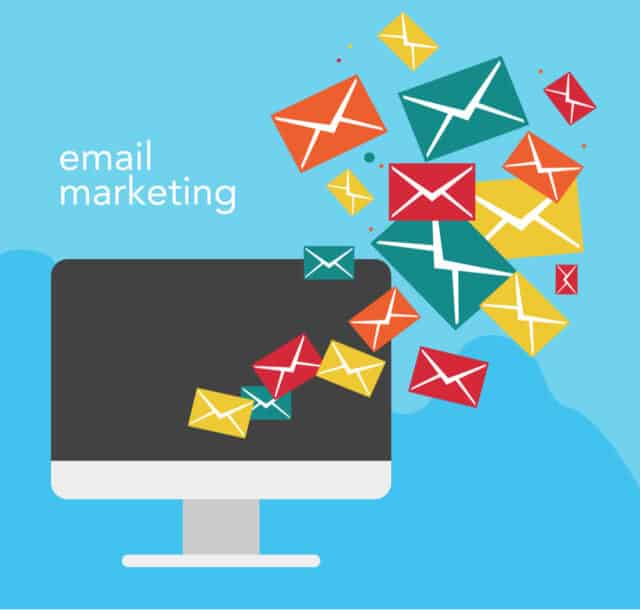
The bottom line is that email marketing is effective. It’s also an effective tool for generating leads, increasing client retention, improving revenue, and improving customer relationships.
Any campaign’s success hinges on a well-crafted email plan. Almost every company employs email marketing in some form or another, and most people believe that it is one of the most effective ways for companies to interact with their customers and clients.
Emails can be sent in a variety of formats and are used in a variety of situations. People can be funneled into making a transaction via the general design and layout, as well as a compelling call to action.
You may choose from a variety of email marketing templates for a variety of sectors to generate compelling content that your customers will want to read.
Subscribe to our Newsletter
Sign up to receive email updates on new product announcements, exclusive sales and marketing content, special offers on email validation plans, and more.
We send curated content as per your preference and do not indulge in spam!
What would you like to know about
We’re committed to your privacy. TuxMailer uses the information you provide to us to contact you about our relevant content, products, and services. You may unsubscribe from these communications at any time. For more information, check out our privacy policy.
